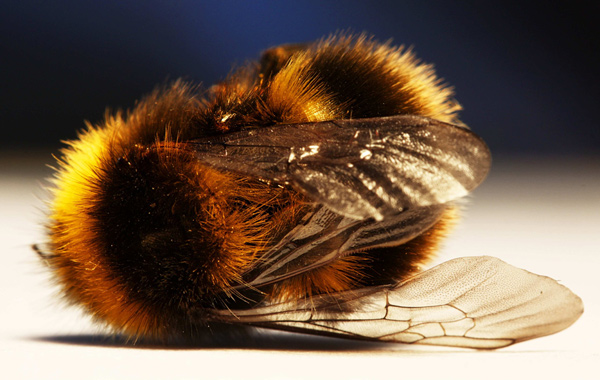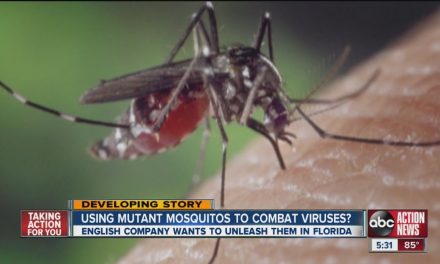Local Ontario farmer, Nathan Carey, reported that this spring there were not enough bees on his farm. He believes, as do many others, that there is a strong correlation between the disappearance of bees and the use of insecticides. For the last seven consecutive years, honeybees have been in decline, something scientists have coined, “colony collapse disorder” (CCD).
GMO Corn Field Kills 37 Million Bees in Ontario
If the global honeybee population were to collapse, we would be in serious trouble. It’s estimated that one-third of everything we eat depends on honeybee pollination- that means bees contribute over 30 billion to the global economy. And for some things like almonds, bees do 100% of the work. No more bees equals no more almonds.
From the article:
“A new study published in the Journal Proceedings of the National Academy of Sciences revealed that neonicotinoid pesticides kill honeybees by damaging their immune system and making them unable to fight diseases and bacteria.”
And we can see that the pesticides linger; scientists have found 121 different pesticides in samples of bees, wax, and pollen. “We believe that some subtle interactions between nutrition, pesticide exposure, and other stressors are converging to kill colonies,” said Jeffery Pettis, of ARS’s bee research laboratory.
And why are the pesticides in bees, wax, and pollen? Because two of the best-selling pesticides, Imidacloprid and Clothianidin (by Bayer), are known to get into pollen and nectar. In fact, while these drugs were being marketed in Europe and the US, there were large-scale bee deaths in those places.
Thankfully, after large bee losses were reported- after exposure to Imidacloprid- it was banned for use on corn and sunflowers (as you can imagine Bayer protested this decision). And France rejected Bayer’s application for Clothianidin.
While we are happy for the common sense approach to bee and public health in Europe, it’s time that starts happening here.
Source: Herbs












